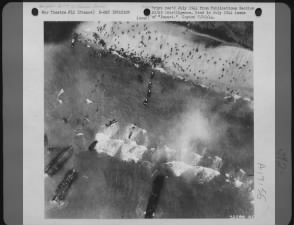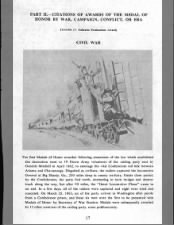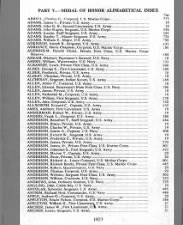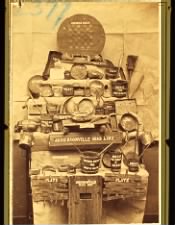
June 6 marks the day 70 years ago when Allied troops famously stormed the beaches of Normandy in 1944. On D-Day, more than 160,000 men went up against the Germans’ extensively fortified Atlantic Wall in northern France, breaking through to begin the invasion of German-occupied France. Offshore during this invasion, lending material and gunfire support, were 5,000 ships.
 One of these ships was the USS Quincy, a heavy cruiser on which Lieutenant Commander John F. Latimer was serving as the assistant communications officer. The Quincy was offshore of Utah Beach during the D-Day landings, and from his position on board, Latimer participated in—and later described—the D-Day invasion.
One of these ships was the USS Quincy, a heavy cruiser on which Lieutenant Commander John F. Latimer was serving as the assistant communications officer. The Quincy was offshore of Utah Beach during the D-Day landings, and from his position on board, Latimer participated in—and later described—the D-Day invasion.
According to Latimer (in the Personal Interviews section of Fold3’s World War II War Diaries), on D-Day the Quincy worked with spotting planes to fire on and destroy previously assigned targets on shore, mainly batteries. The Quincy also protected Shore Fire Control Parties (SFCP) from enemy fire, and as Latimer reported, the SFCP “sent us fervent thanks for saving their lives on several different occasions.” Although Latimer wasn’t sure how many shore batteries the Quincy engaged on D-Day, he estimated that by 8 o’clock that night, they had expended 70 percent of their approximately 1,000 8″ rounds and about the same amount of their 5″.
The day following D-Day, the Quincy only fired when requested to by SFCP planes, as the ship was low on ammunition. It also received about 20 men, some wounded and “all suffering from more or less exposure,” who had been rescued from the water by torpedo boats after their planes had gone down. The Quincy also retrieved a body from the water, but it was so decomposed it had to be buried at sea.
According to Latimer, the Quincy performed its D-Day mission with no major mistakes, and he attributed this partly to luck “but mostly to thorough preparation, consistent application to the task in hand, excellent leadership, and splendid cooperation.” Although the Quincy was lucky enough not to sustain any casualties on D-Day, this was not the case for others on the invasion force: more than nine thousand Allies were killed or wounded during the Normandy landings.
Search for your D-Day and other World War II heroes in Fold3’s WWII collection, and commemorate their service by creating or expanding a Memorial Page for them on the Honor Wall.










